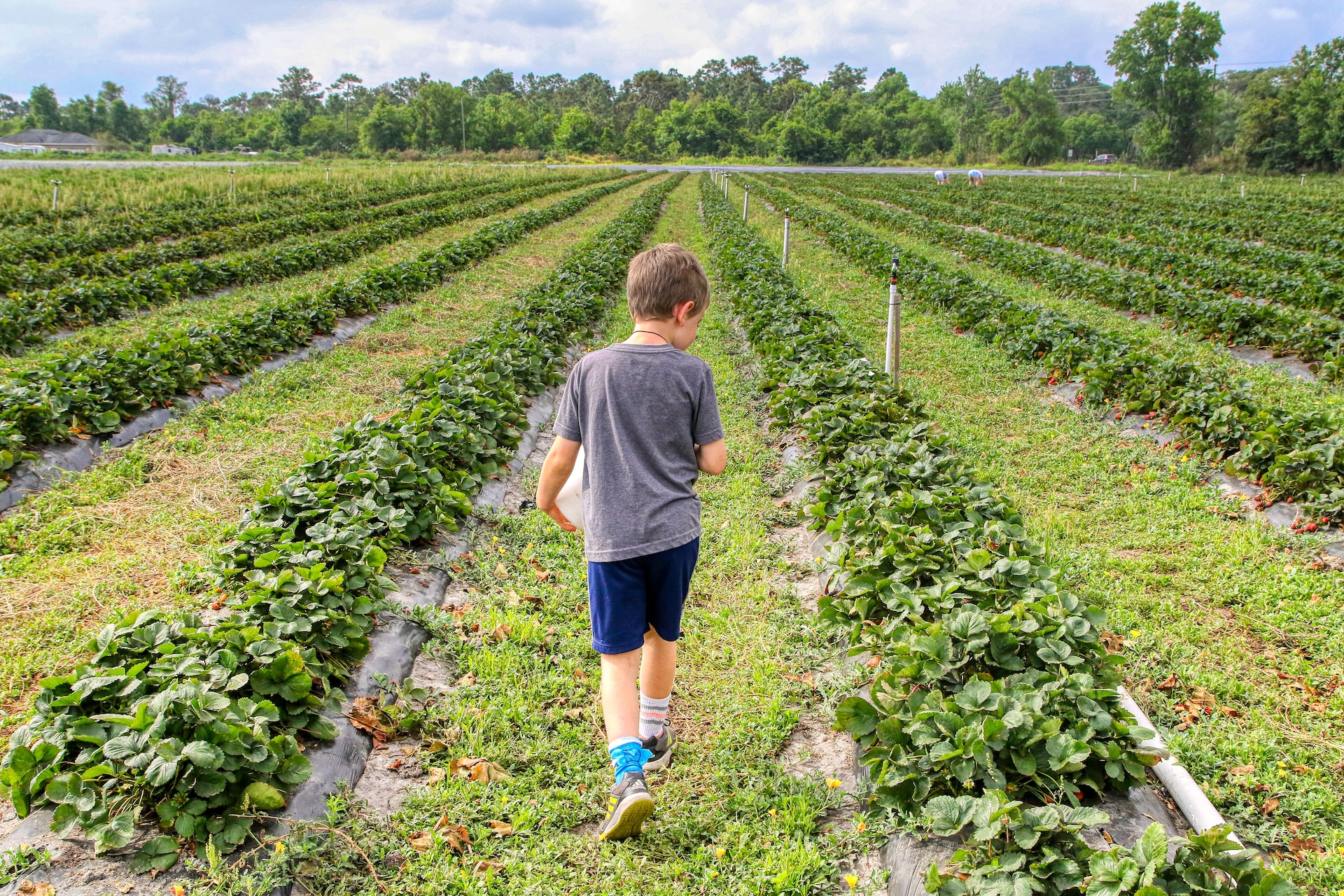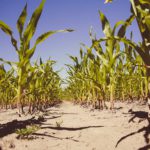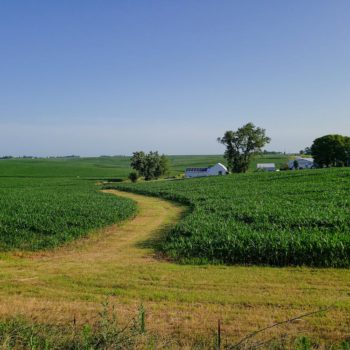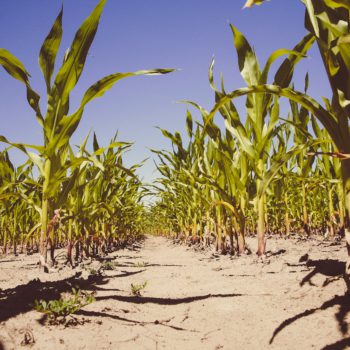|
|
If you’re concerned about the environment and the food you consume, you’ve likely come across the terms organic and sustainable farming. It’s not uncommon to see these terms used interchangeably, however, there are significant differences between the two methods.
Both farming practices are often hailed as eco-friendly alternatives to conventional agriculture, yet, they operate on different principles and have unique impacts on the environment.
Understanding these nuances can help you make informed decisions about the food you eat and the farming practices you support.
Organic farming focuses primarily on the use of natural resources and processes to cultivate crops, while sustainable farming aims to meet current food and textile needs without compromising the ability of future generations to meet their needs.
Both practices offer different solutions to the environmental challenges posed by traditional farming methods.
As we delve into the intricacies of organic and sustainable farming, we will uncover the similarities and differences between these two farming methods.
Key takeaways:
- “Organic” vs. “Sustainable” Farming: Organic farming strictly focuses on utilizing methods that benefit the environment without the usage of synthetic pesticides, chemical fertilizers, and GMOs. On the other hand, sustainable farming not only rejects artificial methods but also emphasizes farming practices that are economically viable and socially supportive.
- Impact and Usage of Resources: Although both organic and sustainable farming aim to protect the environment, sustainable farming emphasizes conservative use of natural resources and less impact on the ecosystem’s overall balance. It is more focused on the broader ecology and long-term sustainability.
- Economic Viability and Accessibility: Sustainable farming concentrates on producing food that is economically viable and accessible, not only by reducing chemical usage but also by addressing the economic survival of farmers and affordable access to wholesome food. Organic farming remains an expensive option due to the high cost of certification and the labor-intensive nature of organic practices.
What Are Sustainable Agriculture Practices?
Sustainable agriculture practices are methods that focus on maintaining the productivity of the land over the long term by preserving the environment, promoting soil health, and reducing water usage.
One example of sustainable agriculture practice is no-till farming. By minimizing soil disturbance, you’re not only preserving the natural structure of the soil but also reducing the risk of soil erosion.
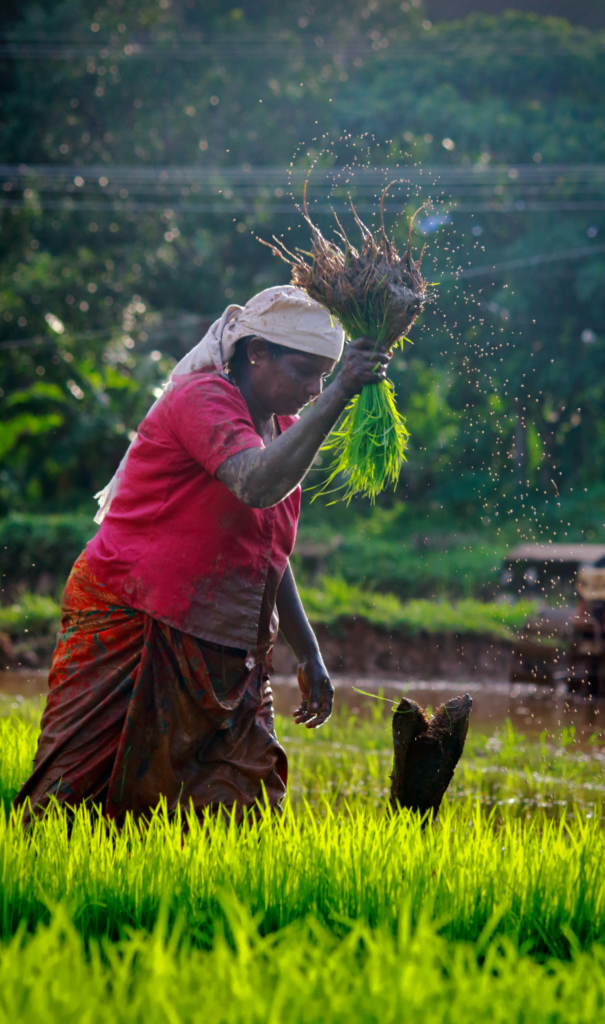
You can further protect your soil by implementing soil armor. How? Simply by planting cover crops on bare land, you can shield your soil from erosion caused by wind and water.
Agroforestry is another practical method, where you plant trees along with your crops. This not only prevents soil erosion further but also promotes biodiversity and provides a habitat for beneficial insects.
Buffer zones are also a crucial part of sustainable farming. These include filter strips, riparian zones, and grass waterways implemented in your agricultural fields. Why are they important? Buffer zones help prevent the washing off of nutrients, sediments, and agrochemicals.
This means your lands can retain inputs for a longer time, reducing the need for multiple applications of fertilizers and pesticides. Plus, it lowers the risk of surface and groundwater contamination from harmful chemicals.
What Are Organic Farming Practices?
Organic farming practices are all about embracing natural processes, shunning synthetic inputs, and prioritizing the health of the soil through techniques like crop rotation and composting.
If you’re an organic farmer, you should be using organic seeds to ensure your crops are free of GMOs.
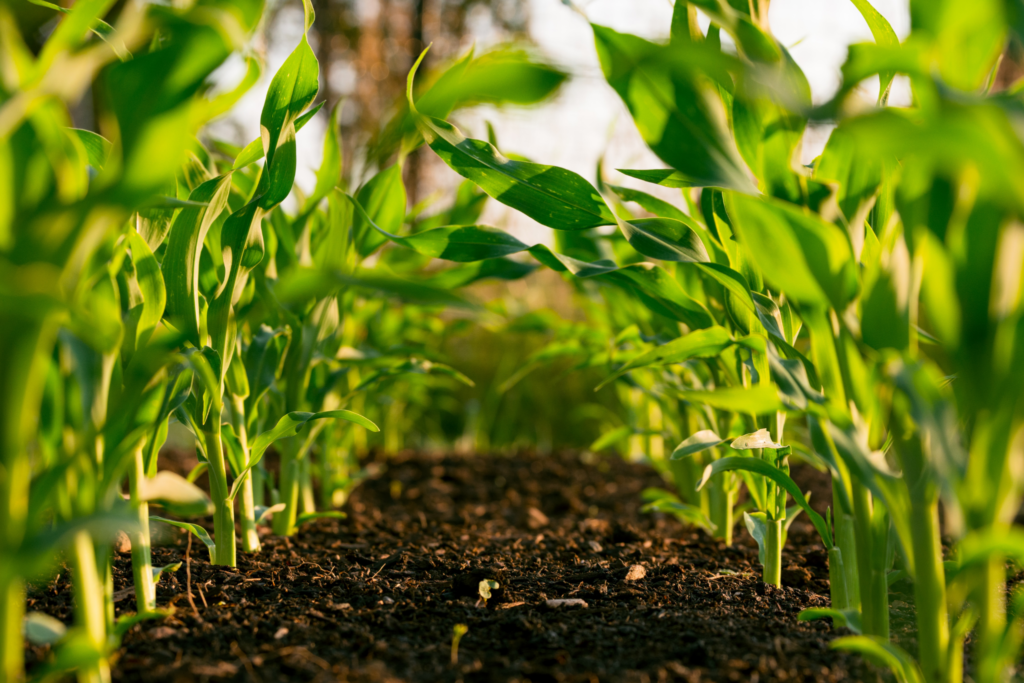
You’ll also need to steer clear of synthetic fertilizers, opting instead for natural alternatives like manure and compost. These enrich your soil with much-needed nutrients, thanks to the hard work of soil microbes.
Before planting each crop, consider tilling cover crops to minimize soil erosion and enhance soil health.
Crop rotation is another invaluable tool in your arsenal. By cultivating a variety of crops, you can ensure your soil remains fertile and nutrient-rich, reducing your need for artificial fertilizers.
Getting certified as an organic farmer isn’t just about sticking to these practices, though. You’ll need to adhere to strict guidelines and procedures set out by regulatory bodies. This certification ensures consumers that your products are genuinely organic and that you’re committed to eco-friendly practices.
It’s a way to protect consumers from false advertising and misleading claims, and it’s a testament to your commitment to a more sustainable and natural environment.
What Are the Similarities Between Organic and Sustainability Farming Practices?
Both organic and sustainable practices reject the use of synthetic pesticides and fertilizers, which can harm the environment and reduce soil fertility over time. Instead, they embrace natural processes and materials that replenish the soil’s nutrients, promoting robust crop growth without causing long-term environmental harm.
Organic and sustainable farming both prioritize soil health, recognizing it as the foundation for a productive agricultural system.
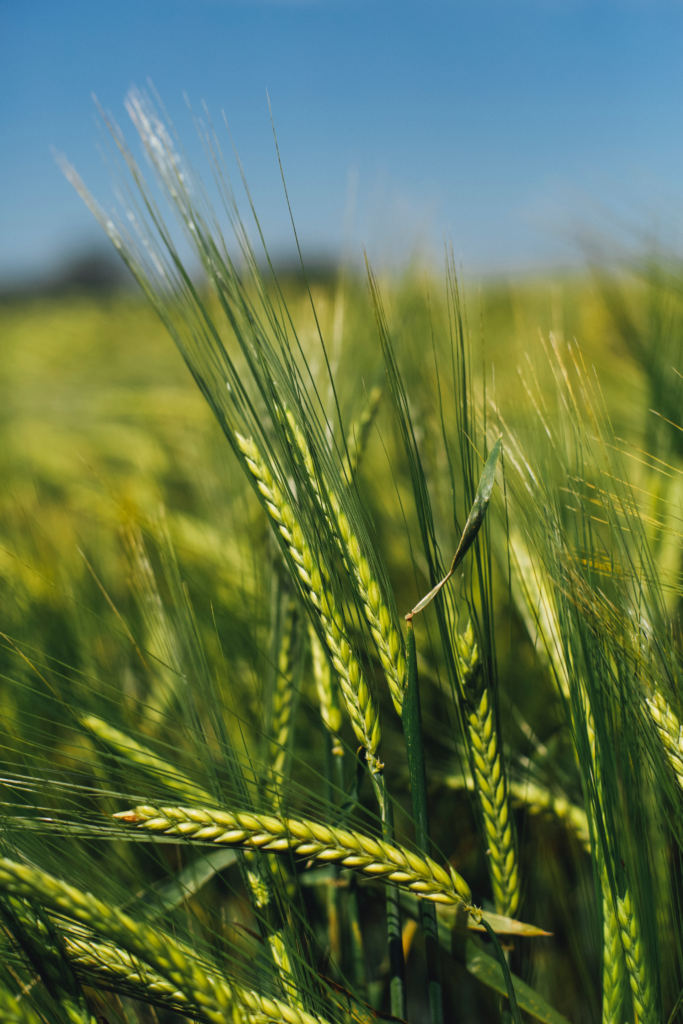
Another shared principle between organic and sustainable farming methods is the promotion of biodiversity. Both types of agriculture encourage a diverse range of plant and animal species within their agricultural systems, understanding that this diversity creates a more resilient and balanced ecosystem.
They also integrate crop rotation, cover cropping, and the use of beneficial insects to handle pests, reducing the need for harmful pesticides and creating a healthier, more balanced ecosystem.
The ultimate goal of both organic and sustainable farming practices is to create a sustainable agricultural system that can feed the world’s population without depleting our planet’s resources or causing significant environmental harm. They prioritize long-term sustainability over short-term yield gains, recognizing that the health of our planet and its ecosystems is inextricably linked to the future of agriculture.
This shared vision for a sustainable future is what truly unites organic and sustainable farming. Though their methods may vary, both approaches are rooted in respect for nature, commitment to preserving the environment, and the understanding that our food system must evolve to meet the demands of our changing world.
What Are the Differences Between Organic and Sustainability Farming Practices?
You might wonder how these two farming practices differ, given their shared commitment to environmental health and biodiversity.
Although both methods aim to improve agricultural sustainability, the organic farming method primarily focuses on the non-use of synthetic pesticides, herbicides, and fertilizers, and it strictly adheres to a set of defined standards.
It aims to create a balanced ecosystem that encourages soil fertility through composting, crop rotation, and the use of cover crops. It avoids genetically modified organisms and promotes animal health and welfare.
On the other hand, sustainable farming goes a step further. It doesn’t just focus on the non-use of synthetic inputs, but takes a more holistic approach that takes into account social and economic factors.
This farming method emphasizes the need for farmers to be economically viable, thus promoting practices that are cost-effective and that reduce dependence on non-renewable resources.
It also encourages local production and distribution, aiming to reduce the carbon footprint associated with the long-distance transportation of farm produce.
Sustainability goes beyond just avoiding harmful chemicals. It’s about creating a farming system that can endure over the long term, supports farmers and local communities, and that contributes positively to climate change mitigation.
Conclusion
You’ve seen how organic and sustainable farming practices are similar and different. Both aim at enhancing environmental health, reducing pollution, and promoting biodiversity. However, they differ in their approaches to pest control, soil management, and some certification standards.
Choosing between organic and sustainable methods is about understanding these nuances. Remember, it’s not just about your health, but also the health of our planet. Both approaches play a crucial role in combating climate change and preserving our natural resources.
